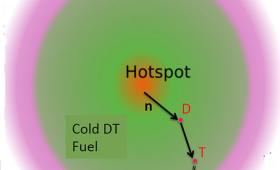Researchers have developed an innovative technique for diagnosing the properties of the plasma created during inertial confinement fusion implosions at the National Ignition Faciilty, yielding in sights into 'failed stars'.
Science and Technology Highlights

The Lab’s unclassified, Penguin Computing-built Corona high-performance computing cluster will be upgraded with an in-kind contribution of AMD Instinct™ accelerators to nearly double the peak performance of the machine.
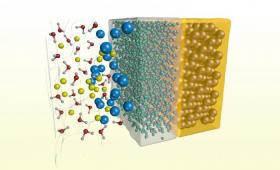
A research team showed that ion transport near a hydrophobic interface is dependent not only on applied voltage, but on the type of ion.
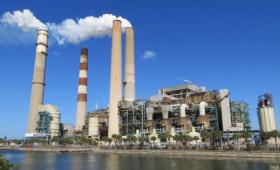
Livermore material scientists have used an additive manufacturing technique to create thermoelectric generators that can harvest waste heat.

In 2019, Americans used less energy than in 2018, according to the most recent energy flow charts released by Lawrence Livermore.

Information about the Lab's current activities regarding COVID-19 can be found on the research and response website.
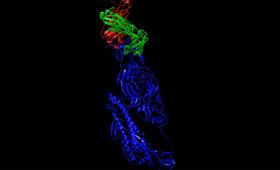
Livermore scientists are contributing to the global fight against COVID-19 by combining artificial intelligence/machine learning, bioinformatics and supercomputing to help discover candidates for new antibodies and pharmaceutical drugs to combat the disease.

LLNL biologists have found manipulating the gut microbiome with antibiotics alters the uptake and effectiveness of acetaminophen.
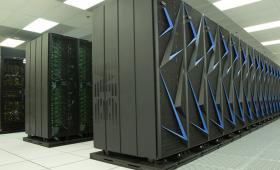
The White House announced the launch of the COVID-19 High Performance Computing Consortium that can significantly advance the pace of scientific discovery in the fight to stop the virus.
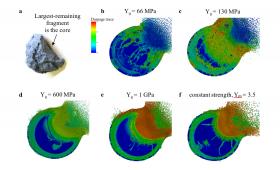
Planetary defense researchers at Lawrence Livermore continue to validate their ability to accurately simulate how they might deflect an Earth-bound asteroid.


